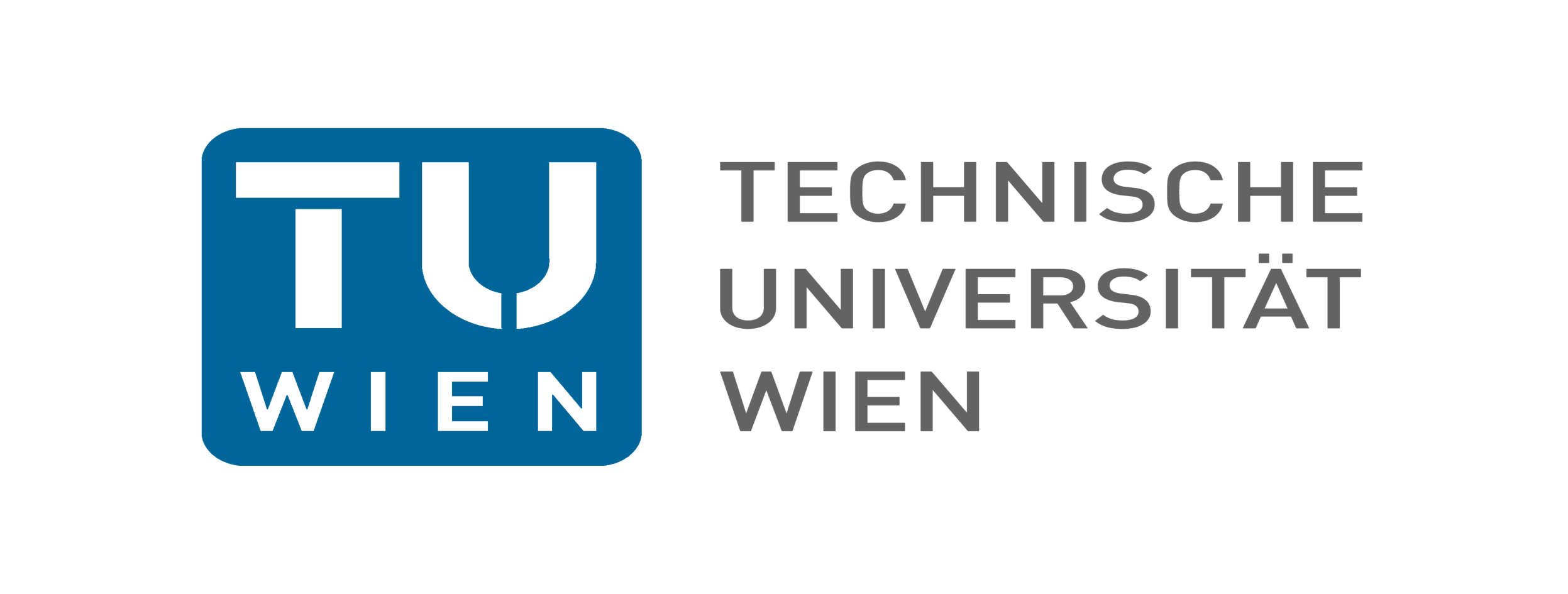Joint Theory Seminar
Tuesday 14:00-15:00
SS2024
Schedule
back| 05.03.2024 | UV | Quasinormal modes of black holes in classical and alternative theories of gravity | Angel Rincon | In this talk, we study neutral massless/massive scalar field perturbations around different black hole backgrounds in several dimensions. We reduce the problem to its Schroedinger-like form, obtain the effective potential, and then calculate the corresponding quasinormal modes. For well-behaved black holes, we take advantage of the WKB method to obtain the spectrum. As usual, the quasinormal modes depend on the parameters of the black hole, so by varying them we can see how their variations affect the Quasi Normal frequencies. |
|---|---|---|---|---|
| 12.03.2024 | Rector's day | |||
| 19.03.2024 | UV | Covariant charges and fluxes at null infinity | Antoine Rignon-Bret | In this talk, I will review the application of Noether theorem to general relativity and the covariant phase space techniques to construct Noether charges and fluxes on spacetime boundaries. In particular, I will detail the Wald-Zoupas procedure and focus on the physical interpretation. I will show that the implementation of the procedure implies that the algebra of local Noether currents is free of cocycle. Then, I will focus on non-trivial examples at null infinity. I will implement the Wald-Zoupas procedure for BMS and eBMS boundary conditions, and argue that it cannot be implemented successfully for generalized BMS fall-off conditions but for a symmetry group preserving different fall off conditions isomorphic to gBMS with a different algebra. |
| 26.03.2024 | Easter break | |||
| 02.04.2024 | Easter break | |||
| 09.04.2024 | TU | title | speaker | abstract |
| 16.04.2024 | UV | title | speaker | abstract |
| 23.04.2024 | TU | title | speaker | abstract |
| 30.04.2024 | UV | Characterization of Rational Superconformal Field Theories via Complex Multiplication and Mirror Symmetry | Abhiram KIDAMBI | abstract |
| 07.05.2024 | UV | Higgs Branch RG-flows — Decay and Fission of Magnetic Quivers | Marcus Sperling | Supersymmetric theories with 8 supercharges in dimensions 3 through 6 have a large moduli space of vacua, and the Higgs branches are one of the most significant parts of this space. These (singular) hyper-Kahler spaces can be characterised by a combinatorial object known as the magnetic quiver. By using this technique, we can fully encode the Higgs branch geometry for both the low energy effective description and the strongly coupled conformal fixed point. Here, I present the decay and fission algorithm for unitary magnetic quivers. It efficiently derives complete phase diagrams (Hasse diagrams) through convex linear algebra.It allows magnetic quivers to undergo decay or fission, reflecting Higgs branch RG-flows in the theory. In this talk, I will discuss this construction in the context of 5d and 6d theories. Based on arXiv:2312.05304 and 2401.08757 with A. Bourget and Z. Zhong. |
| TU | ||||
| 21.05.2024 | UV | Pentecost | ||
| 28.05.2024 | UV | title | Alfredo IORIO | abstract |
| 04.06.2024 | Zoom | Exploring the higher structure of symmetries | Michele Del Zotto | Recent progress in our understanding of symmetries of quantum fields indicates these are encoded by a collection of topological membranes of various dimensionality, encoding the conserved quantum numbers of extended operators. One feature of topological membranes is that they can form intricated networks of topological junctions, which give generalized symmetries a higher structure. The higher structure has physical implications, for example in the form of selection rules, anomalies, and generalized Ward identities. In this talk, after introducing these ideas, I will discuss some recent progress in characterizing the higher structure of the symmetries of axion-Maxwell theory as a concrete example. Based on an upcoming work with Matteo Dell'Acqua, Shani Nadir Meynet and Elias Riedel-Garding. |
| 11.06.2024 | UV | Holography of Information in a Ball of Finite Radius | Nava Gaddam | The principle of Holography of Information states that all information available in the bulk of spacetime is also available near its boundary at spatial infinity. However, physical observers never have access to spatial infinity. Therefore, we ask the question: "Is information contained in a ball of finite radius also holographic in nature?". Phrased differently, we ask whether correlation functions on the boundary of the ball capture all the information of all correlators in the bulk of the ball. In this talk, I will answer this question in the affirmative, within the confines of linearised quantum gravity coupled minimally to a free Klein-Gordon field, for generic low-energy states in asymptotically flat space. Interestingly, unlike at infinity, massive and massless fields can be captured within our framework. At the end of the talk, I will discuss several important extensions of this program to AdS, dS, and black hole spacetimes. | 18.06.2024 | TU | Fuzzy de Sitter spaces in three and four dimensions | Ilija Buric | We discuss noncommutative (anti) de Sitter spaces in two, three and four dimensions. After recalling their definitions, we analyse coordinate spectra, coherent states, invariant vacua and eigenfunctions of the Laplace-Beltrami operator. Our results pave the way for the analysis of late time correlation functions in QFTs on fuzzy dS backgrounds, of potential relevance for inflationary cosmology. The talk is based on joint works with Bojana Brkic, Maja Burić and Dusko Latas. | 15.06.2024 | UV | title | speaker | abstract |
About
back

The Joint Theory Seminar is held alternately at the University of Vienna and the Technische Universität Wien, either on site or online via Zoom.
The Topic of the seminar is recent theoretical research in the areas of mathematical physics, high energy physics, physics of fundamental interactions and particle physics.
The target audience for the talks are PhDs, postdocs and faculty members.
To stay informed please subscribe to our mailing list.
How to participate
Attending
Anyone can attend. To receive the link to the Zoom meeting please contact one of the organizers.
Giving a talk
If you want to give a talk contact Adrien Fiorucci or Tung Tran.
Contact
backDaniel Grumiller
Associate Prof. Dr.techn.
Black holes and holography
Technische Universität Wien
Stefan Fredenhagen
Univ.-Prof. Dr.
Mathematical physics
University of Vienna
Adrien Fiorucci
Postdoctoral researcher
Black holes and holography
Technische Universität Wien
Tung Tran
Postdoctoral researcher
Mathematical physics
University of Vienna